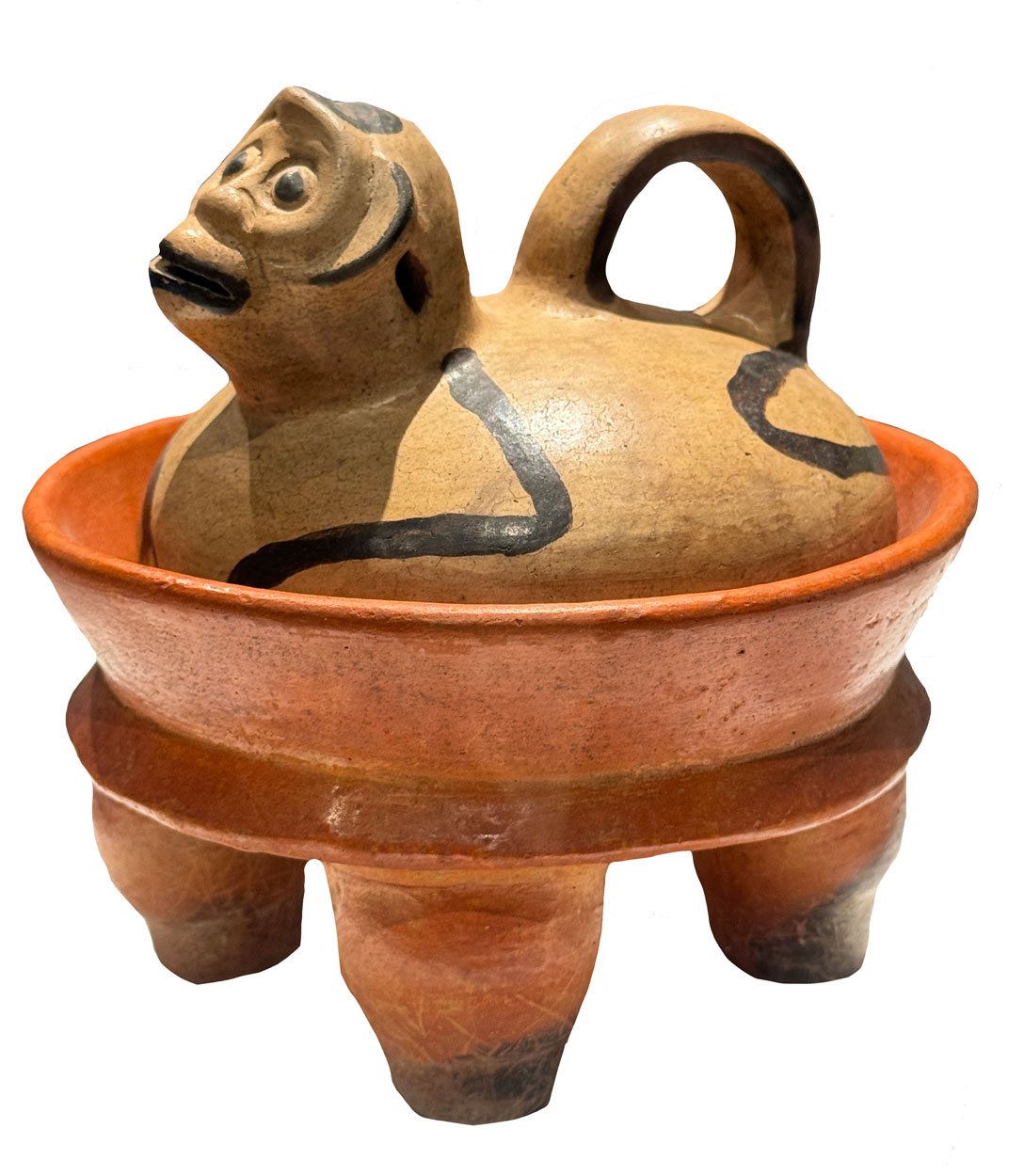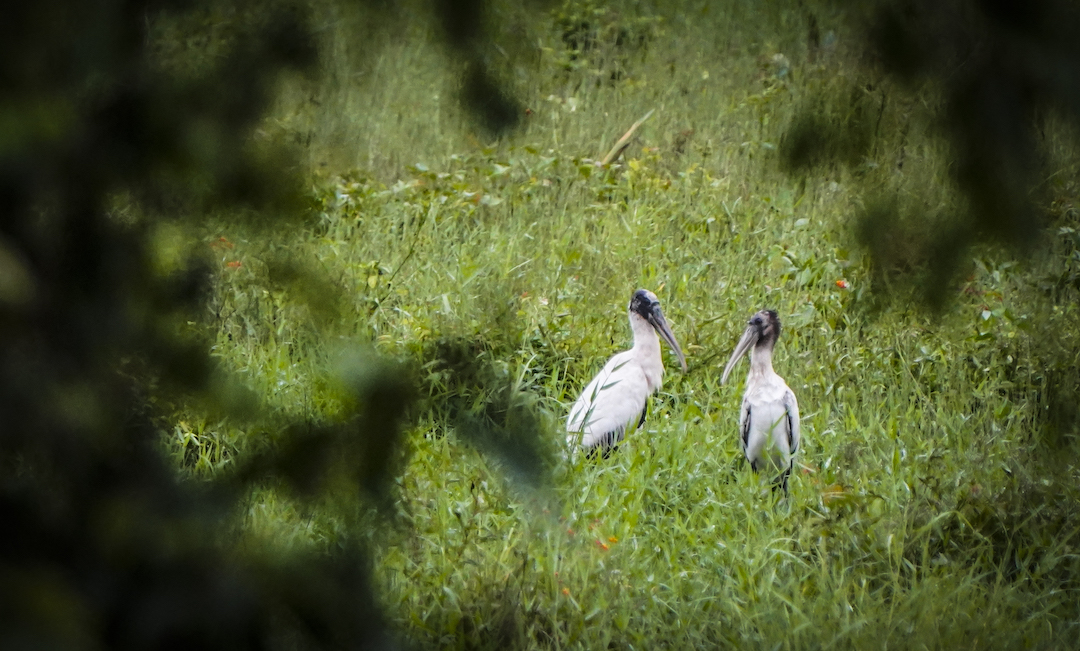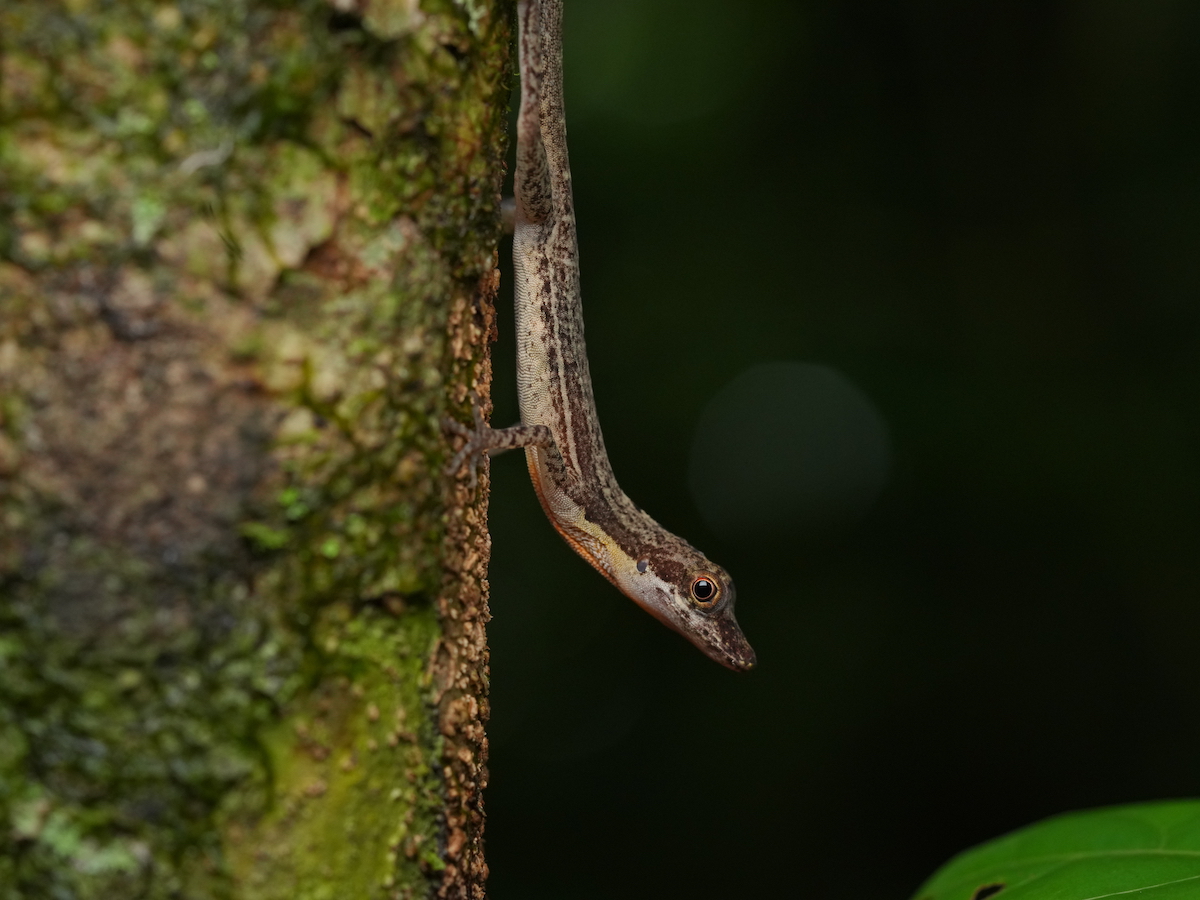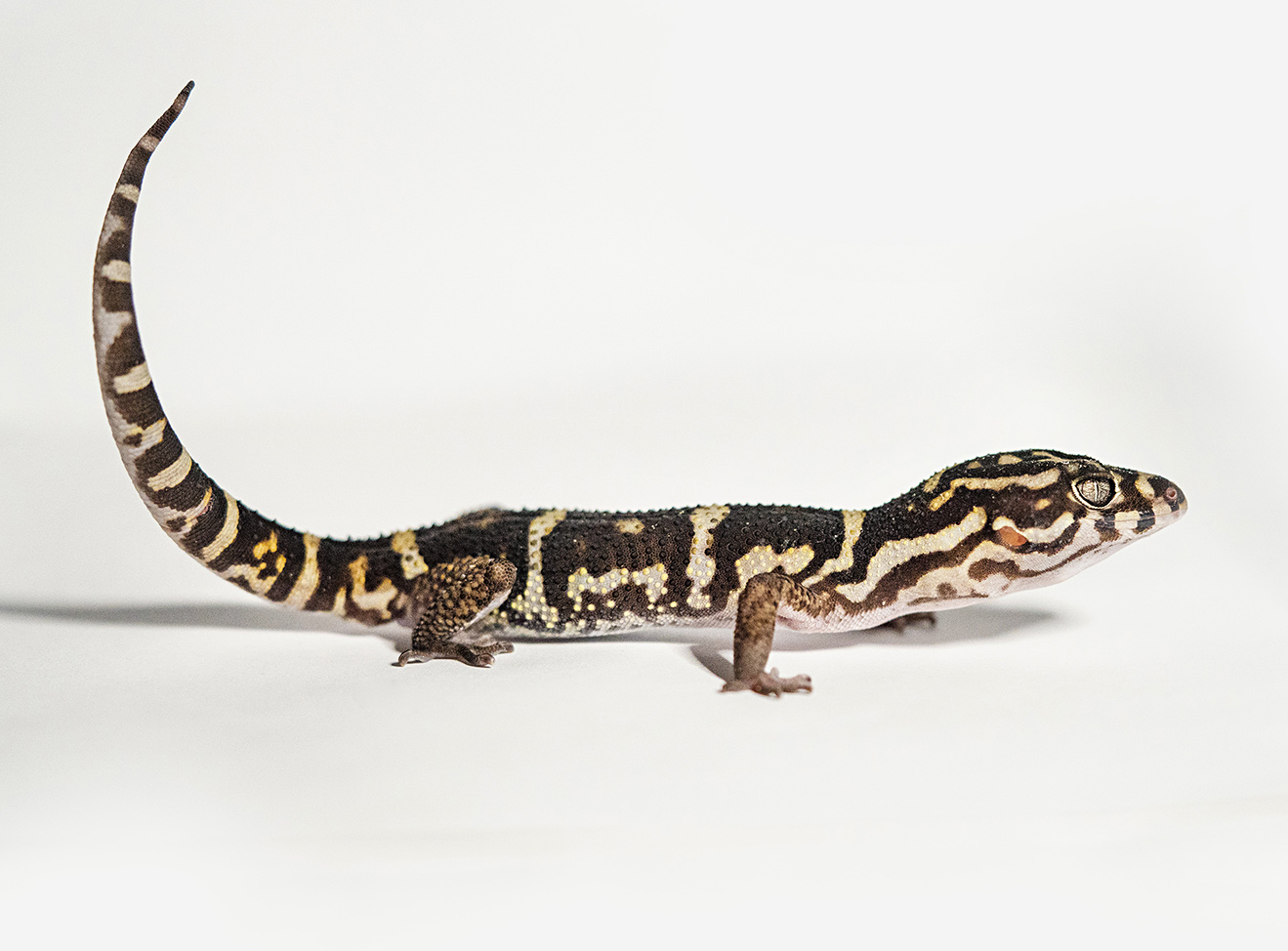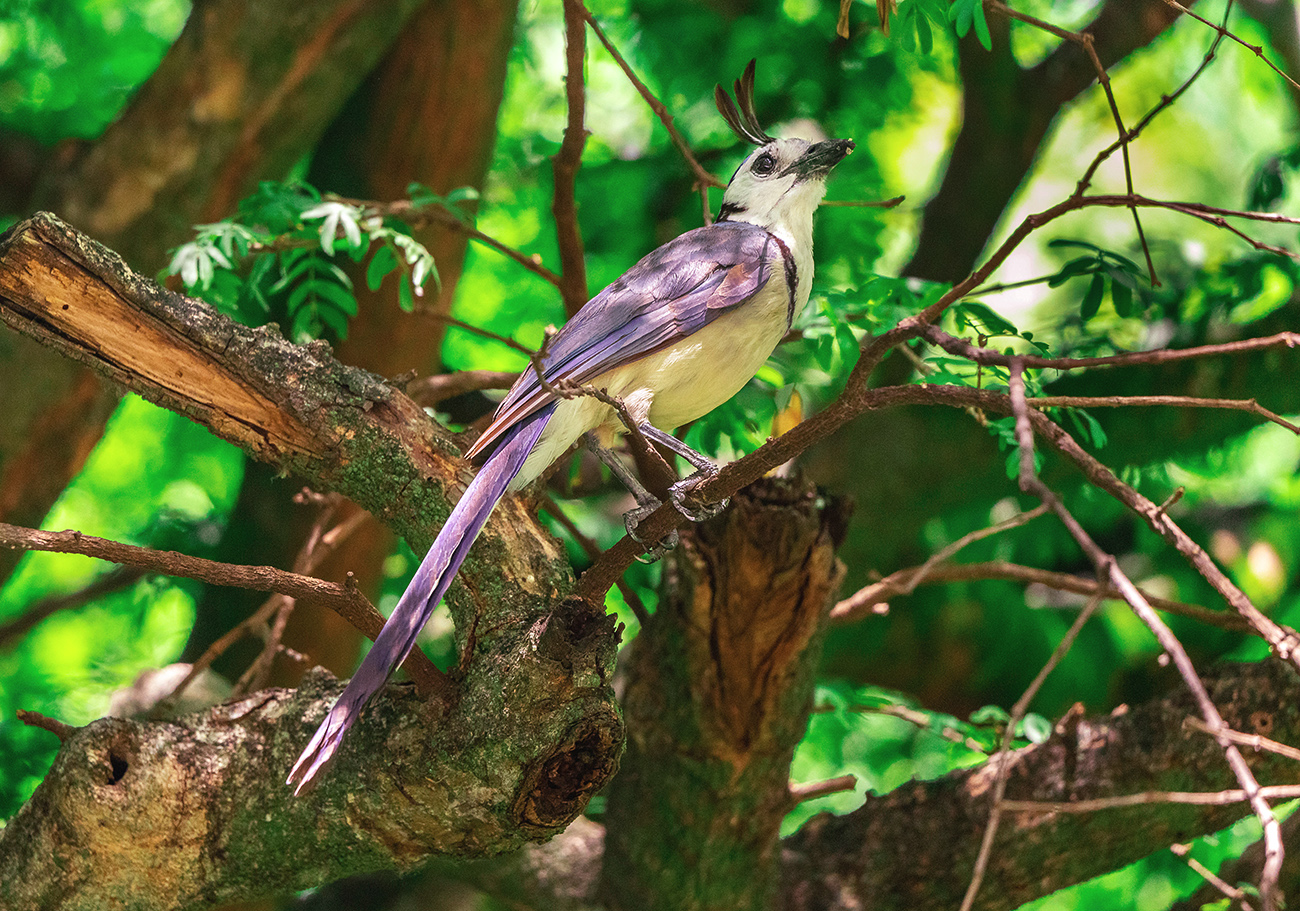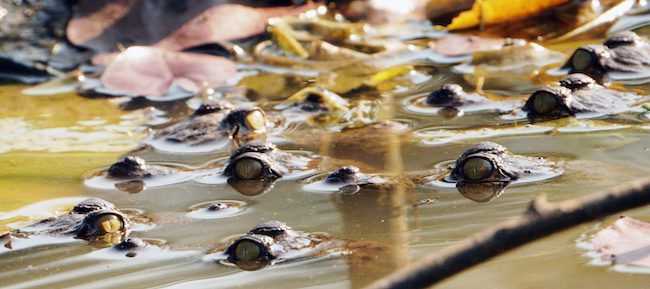Posted by Dr Nicholas Hellmuth on March 25, 2024
One noticeable feature of the new MUNAE exhibits of Director/Administrator Christopher Martínez is the biodiversity of the fauna presented by the artifacts that he selected to be featured in the new exhibits. So far I have found over a dozen animals and one conch shell. There are also several scenes with flowers but the present web page is on the animals of the newly featured ceramics and stone sculptures that you can see and experience when you come to visit MUNAE, near the airport in Zona 13.
Spider monkey inside mammiform tetrapod, MUNAE.
- Spider monkeys (Howler monkey almost never pictured)
- Maya dog (no fur on most of body, no barking sound)
- Armadillo (on ballgame hacha)
- Deer (3D ceramic figurine)
- Jaguars (Quiche Urns; plate showing human sacrifice from Uaxactun; Tikal stela)
- Puma (no spots so I suggest it is a cougar)
- Snake (on ballgame hacha)
- Parrots (3-dimensional ceramics)
- Macaw (3-dimensional ceramic)
- Vulture (3-dimensional ceramic)
- Bufo toad (large stone sculpture, Rhinella marina, previously Bufo marinas)
- Bat (on Chama polychrome vase)
- Fish (on Kaminaljuyu stone panel)
- Conch shell (on polychrome plate with gorgeous flower above)
Two easy to see jaguars leap down to grab the bleeding body of a sacrificed victim. There are several vases and plates that show trained jaguars assisting in human sacrifice ceremonies; this plate from Uaxactun is one. There are also two black spider monkeys in the upper left. Their role in this scene needs to be researched. The bottom ring of the plate has jaguar pelage spot designs.
To provide documentation for school children, it would help to have a book for their age to describe each animal in the MUNAE collection. We have many years experience preparing (MayanToons) books and animated videos for school children.
Plus for the general public who are visiting the museum, and for archaeologists and iconographers, it would be great to have a book that introduces the iconography of each mammal, each bird, each reptile and the conch shell. FLAAR has the experience.


